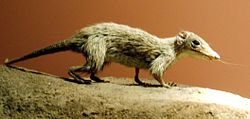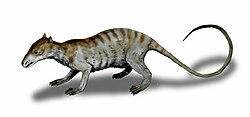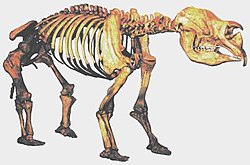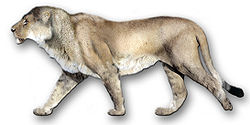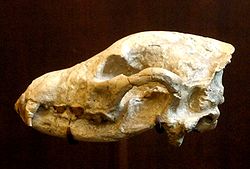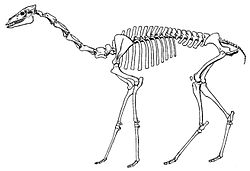This article has multiple issues. Please help improve it or discuss these issues on the talk page . (Learn how and when to remove these messages)
|

This is an incomplete list of prehistoric mammals. It does not include extant mammals or recently extinct mammals. For extinct primate species, see: list of fossil primates. [1] [2]
Contents
- Mammaliaformes
- Order †Dinnetheria
- Order †Sinoconodontiformes
- Order †Morganucodonta
- Order †Docodonta
- Order †Kuehneotheria
- Order †Eutriconodonta
- Symmetrodonta incertae sedis
- Basal Cladotheria
- Basal Zatheria
- Subclass Yinotheria
- Order †Shuotherida
- Order †Ausktribosphenida
- Order †Henosferida
- Order Monotremata
- Subclass Allotheria
- Order †Haramiyida
- Order †Multituberculata
- Subclass Theria
- Basal Theria
- Infraclass †Pantotheria
- Infraclass Metatheria
- Infraclass Eutheria
- See also
- References

